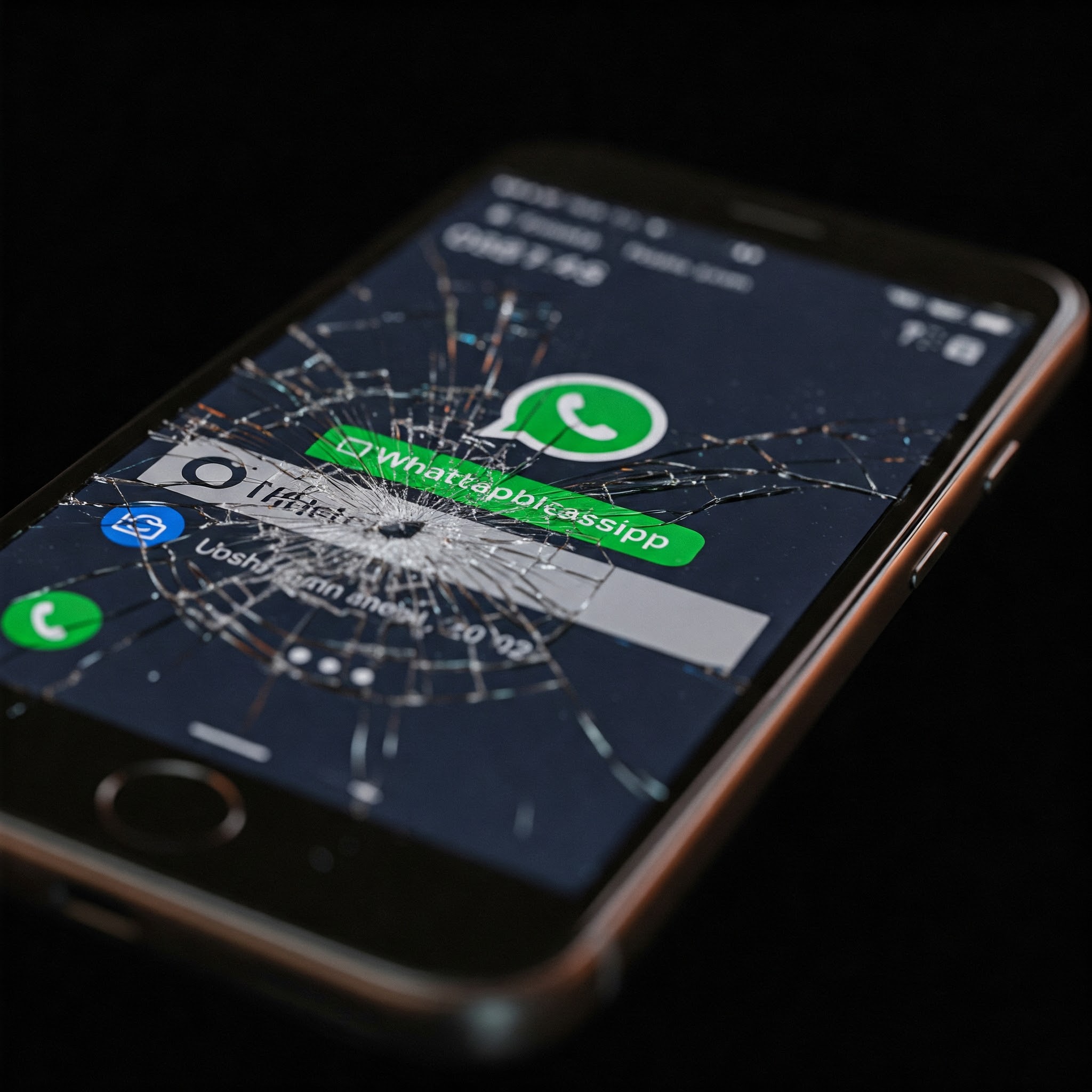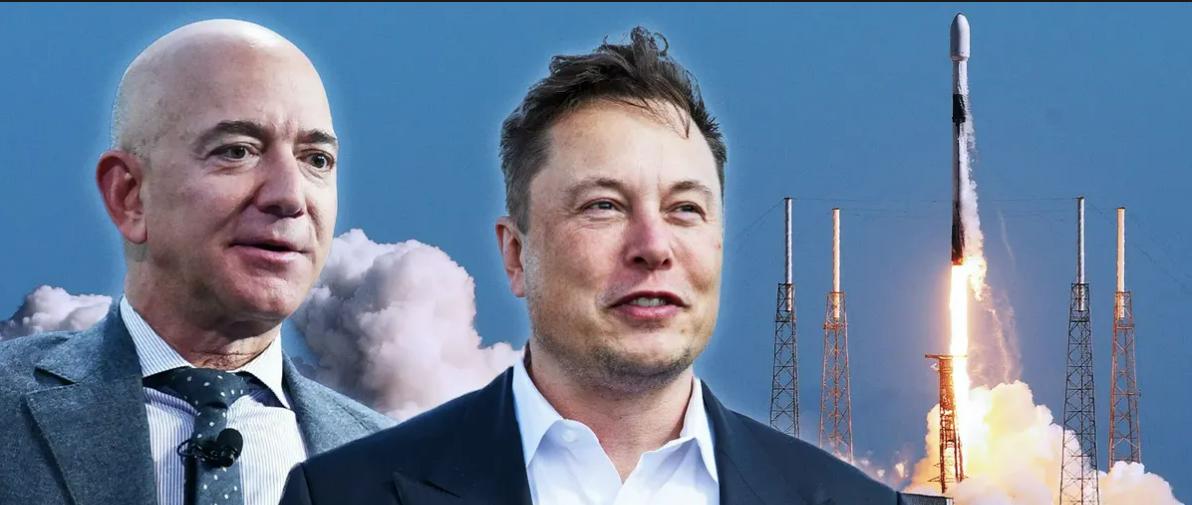Huawei surpassed Samsung in April to become the world’s largest smartphone maker. In a report published by Counterpoints Research Huawei were able to temporarily capture 19% of global market share. Samsung on the other hand saw a dip to 17%. This is the first time that Huawei has passed Samsung which has been unposed for four years.
How was Huawei able to achieve this?
Without Google services Huawei made concerted efforts to make their own platform ready for the market. Harmony OS which was in the works since 2017 had to be fast tracked in order to make up for the shortfall. This didn’t mean however that Huawei devices didn’t come with Android OS. They just couldn’t have Google Apps included which took away a lot from the experience even though there were alternatives to the Play Store for example.
The Chinese market is the main reason for their success in Q1 of 2020. The pandemic has affected cellphone sales globally. Shipments for cellphones fell by 41% year-on-year by April 2020. Most manufacturers weren’t able to move the quantities they were accustomed to because almost everyone felt the effects of the global quarantine. Huawei though, after China was able to better contain the virus bounced back in their homeland.
Is Huawei’s upsurge going to continue?
The upturn is short-lived. Huawei in March was projected to have a 20% drop in sales in 2020. Owing mostly to the ban by the United States, a key market for any player. Added to that the sanctions issued by the US mean that they won’t have access to their major chip supplier TSMC. Huawei’s sales plummeted in Europe, the company suffered a 40% decrease.
In Africa according to Statcounter Huawei is still below Samsung, and experienced a drop from 19.17 in February to 17.45 in May. What Huawei can hope for is a continued surge in its domestic market and work towards balancing things out abroad.













